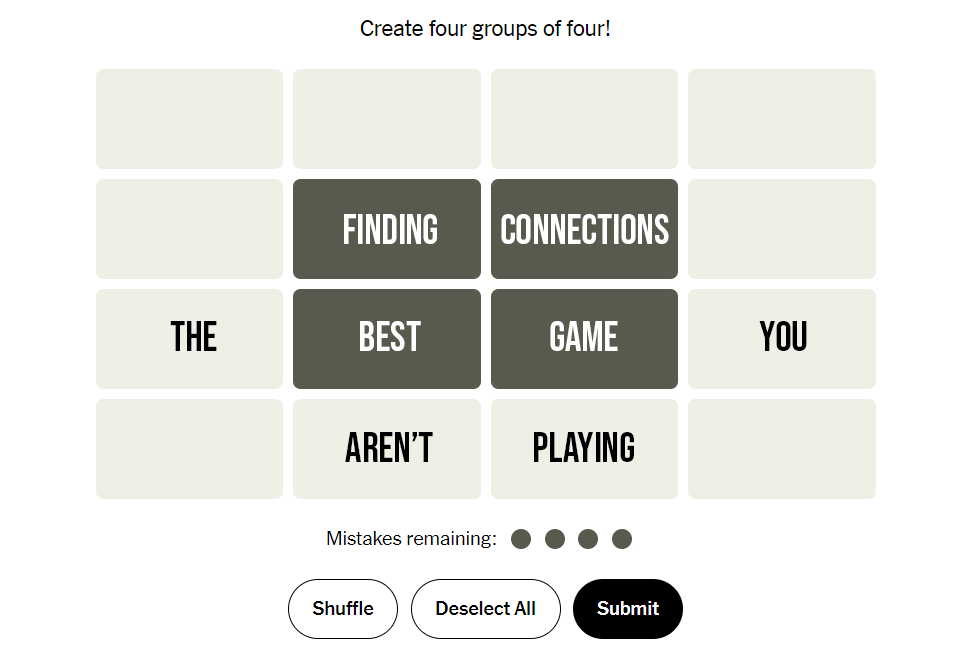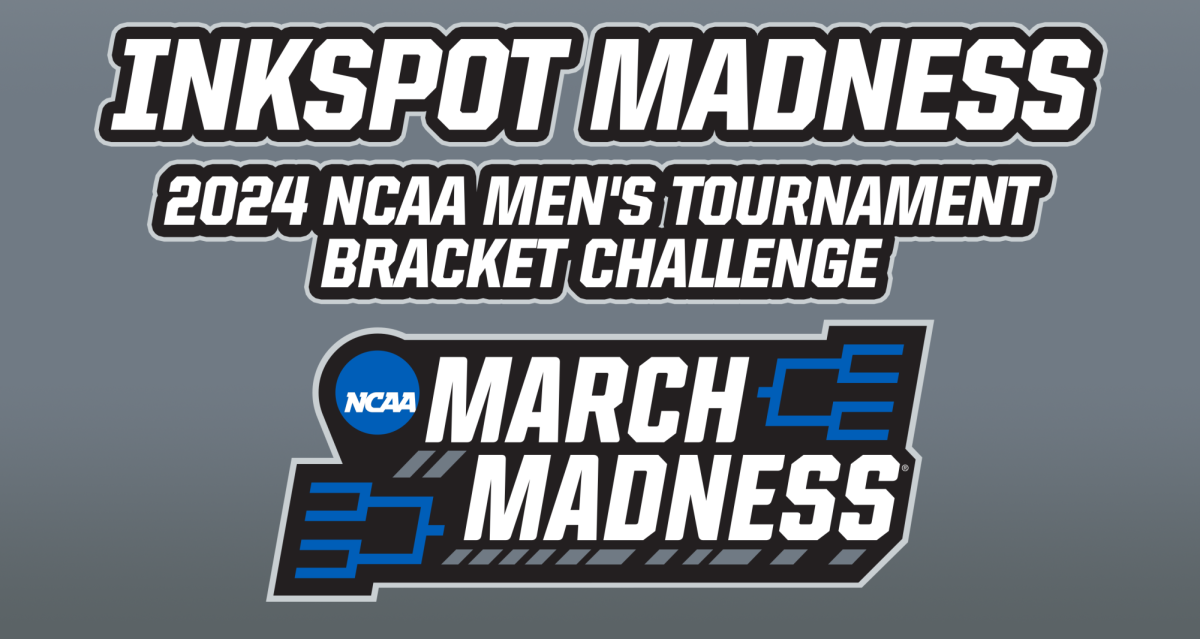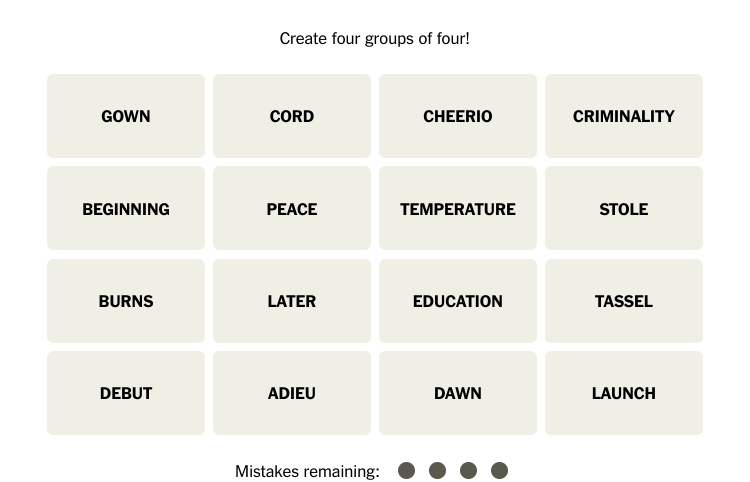The Chicago Bears are confronted with a pivotal, potential franchise-altering decision this offseason: Stick with Justin Fields at quarterback or draft the franchise’s future QB with the first overall pick in the 2024 NFL Draft.
Following a dismal 2022 season, finishing with the worst record in the NFL at 3-14, the Bears decided to trade the first overall pick to the Carolina Panthers for D.J. Moore, confident they had a franchise quarterback in Fields.
And despite notable improvement this past season, Chicago once again finds itself atop the draft, possessing the Carolina Panthers’ first-round selection, the top pick in the draft.
However, even with a promising quarterback like Fields on the roster, Bears General Manager Ryan Poles is approaching the draft process with deliberation.
“I think [Justin Fields] can lead this team,” Poles said in a press conference. “But at the same time, there’s a unique situation where I have to look, and our staff has to look at everything.”
That means looking at University of Southern California standout quarterback Caleb Williams.
The 2022 Heisman Trophy winner began his college career at Oklahoma, starting seven games as a true freshman.
After his freshman season, Williams followed Sooners’ head coach Lincoln Riley to the Trojans, transferring to USC, where he played under center for his final two college seasons.
In 2022’s Heisman-winning campaign, Williams threw for 4,537 yards and 42 touchdowns, surrendering just five interceptions on the way to an 11-3 record. And despite a somewhat diminished 2023 season, he enters the 2024 NFL draft as the top prospect.
For other teams with top-10 draft picks, like the Commanders (picking second) or the Patriots (picking third), drafting Williams would be an obvious decision.
But for the Bears, like seemingly everything, it’s more complex. The team has something to consider that other teams don’t: Justin Fields.
In a league where “continuity is critical,” to quote Chicago’s GM, sticking with Justin Fields as QB1 might be the best possible option for Chicago.
In Fields’ third season as a pro, he showed significant growth, posting career highs in wins (5), passing yards (2562), completion percentage (61.35%) and passer rating (86.6) in just 13 starts.
“I think Justin got better,” Poles said.
And so do I.
Here’s why Fields should take the field for the Blue and Orange next season.
His Leadership & locker room presence
When evaluating quarterbacks, leadership and locker room presence are paramount.
“It’s not just the film, it’s the person,” Poles said.
Fields, a team captain for the past two seasons, commands respect both on and off the field, something star wide receiver D.J. Moore has attested to all season amidst the quarterback controversy.
Moore asserted his belief in Fields’ ability to lead the Bears to the media: “What makes [Fields] not a good quarterback for the Chicago Bears right now?” Moore asked when questioned about the quarterback’s uncertain future with the team.
” I get…everyone coming out,” Moore said, QBs Caleb Williams and North Carolina’s Drake Maye, “I don’t think they [are] better than Justin.”
Commanding respect in the locker room is critical to success in the NFL. If you lose the locker room, you, more often than not, find yourself losing games.
The ability to lead is one of the most essential traits of a quarterback, and it is a field Fields has proven himself adept at.
Williams’ leadership, on the other hand, poses concerns.
In an interview with Dylan Brashier, a USC student journalist covering the Trojans’ football team, Brashier expressed concerns about Williams’ ability to lead.
Williams, Brashier said, “needs to have a more passionate voice with his team.”
“Towards the back half of the season,” on USC’s campus, Brashier said, there was a general impression that the Trojans “didn’t really want to win.”
Does Williams have the ability to keep a team together in the face of adversity?
Williams was the Heisman front-runner in the first half of the season, leading USC to a 6-0 record. However, as the schedule strengthened, Williams’ performance weakened.
“Towards the back half of the season,” Brashier said, “we had a tougher schedule, and he had a hard time against bigger defenses, more tough defenses.”
While Williams boasts talent, his inconsistent performances and behavior off the field raise doubts about his readiness for the NFL.
In William’s final opportunity to play college football, USC’s Holiday Bowl contest against Louisville, Williams opted to sit out, with backup QB Miller Moss taking the snaps.
In that game, “the team looked night and day different,” Brashier said, from when Willams was the play-caller.
The Trojans’ backup shined, going off for a 372-yard, six-touchdown performance.
Trojans’ receiver Raleek Brown voiced his thoughts on the QB change: “We a team now.”
Brown made it clear, with Williams under center, that something essential was missing.
It wasn’t just the offense that was playing inspired, Brashier said; even the defense looked “insanely better,” holding Louisville to 28 points.
Despite eight wins in the last two seasons, all inside reports indicate he controls the locker room and commands the respect of his teammates. The rest is media speculation, looking for stories amidst a five-win season.
The trade value of the #1 pick
Should the Bears elect to stand by Fields, trading the top pick becomes a plausible scenario.
Last season, Poles traded the number one pick to the Carolina Panthers, securing valuable assets in return.
With a quarterback-rich draft class, the Bears could command an even greater return this year, potentially staying in the top five.
Staying near the draft’s top enables the Bears to bolster their roster around Fields.
Players like Ohio State wide receiver Marvin Harrison Jr., touted as one of the draft’s top prospects, could offer Fields additional offensive firepower, complimenting Moore.
In just three college seasons, Harrison tallied 2,613 receiving yards and 31 touchdowns. A two-time unanimous All-American and 2023’s Biletnikoff Award Winner, an accolade bestowed on the best collegiate pass catcher, Harrison is considered among the best wide receiver prospects of all time.
Chicago’s Media Market
The pressure in Chicago’s media market adds another layer of complexity to this decision.
Fields has navigated media scrutiny admirably, maintaining professionalism despite the relentless spotlight.
Fans and media alike are often impatient with quarterbacks, a problem compounded in Chicago by the fact that, in 104 years, the Chicago Bears franchise has never had a quarterback throw for 4,000 yards.
Fields has tempered the media storm with grace. He knows what to expect from an almost rabid fan base that wants results now. Fields has demonstrated the ability to ride out the constant criticism of being QB1 for one of the largest media markets—and losing.
Perhaps that ability is the result of his experience in the spotlight. As a high schooler, Fields was the top-ranked player in the country. As a senior, he starred in Netflix’s “QB1” docuseries, a 17-year-old whose life and season were on display to a national audience.
“I was made for this,” Fields said when asked about the pressure of being QB1 for the Chicago Bears after the 2021 draft.
In contrast, Williams’ interactions with the media have been less consistent, raising concerns about his ability to handle the demands of playing in Chicago.
Williams refused to speak to the media after a disappointing loss to UCLA at the end of this past season. He refused to take ownership for the loss.
In a market that is especially critical on the quarterback position, the play-caller has to be able to take the heat.
The similarity in release times
Fields has faced criticism for his processing speed and decision-making. This past season, he was the second-slowest quarterback to get the ball away, behind only Jets quarterback Zach Wilson.
But his potential is evident.
There have been glimpses of improvement in this aspect of Field’s game. In consecutive games against the Broncos and Commanders, he amassed 617 passing yards and threw for eight touchdowns.
Fields suffered a thumb injury following these impressive performances, sidelining him for four games. The injury resulted in a slight regression in his passing statistics upon his return.
But Field’s progress throughout the last season is tangible, and it is easy to expect it to continue with more in-game experience.
Entering the NFL draft, Williams faces similar concerns regarding his throwing mechanics and release time.
Brashier noted that Fields and Williams are “very similar. [Williams] takes so long to throw the ball,” the sophomore journalist said.
Although Williams can evade pressure, his tendency to hold onto the ball often leads to sacks and turnovers, a concern reminiscent of Fields’ challenges.
The uncertainty lies in Williams’ potential for improvement, making drafting him a considerable gamble due to the unknown factors in his game.
For Bears fans, Fields represents hope in a long-awaited franchise quarterback. The overwhelming sentiment favors retaining Fields as the team’s QB1, building continuity and stability for future success.
Establishing consistency under center is paramount in a franchise plagued by quarterback turnover. The first step towards this goal is committing to Justin Fields and leveraging the top pick to bolster the team’s supporting cast.
With a history of quarterback instability since 2000, establishing consistency under center is a crucial step toward organizational success and contention for a Super Bowl trophy.
Committing to Justin Fields as the Bears’ QB1 and leveraging the number one overall pick is seen as the optimal path forward for the team.


![Community honors longtime coach Mr. Bryan Thomas before Oct. 3 game [photo gallery]](https://nchsinkspot.com/wp-content/uploads/2025/10/Thomas-6-1200x1200.jpg)


























![Week 7: Coach Drengwitz recaps the Ironmen’s win over Bloomington, talks Danville [video]](https://nchsinkspot.com/wp-content/uploads/2025/10/Vikings-feature-Image-1200x675.png)

















![Halloween candy cross section quiz [quiz]](https://nchsinkspot.com/wp-content/uploads/2022/10/Candy-cover-big-900x675.png)
![Average Jonah? [quiz]](https://nchsinkspot.com/wp-content/uploads/2022/05/average-jonah-900x600.png)







![[Photo Illustration]](https://nchsinkspot.com/wp-content/uploads/2025/09/trigger-words.png)










![Week 5: Coach Drengwitz previews the Ironmen’s matchup vs. Peoria Manual, recaps Week 4 [video]](https://nchsinkspot.com/wp-content/uploads/2025/09/Week-5-v-Rams-1200x675.png)





![Postgame reaction: Coach Drengwitz on Community’s 28-17 Loss to Kankakee [video]](https://nchsinkspot.com/wp-content/uploads/2025/09/Week-4-postgame--1200x675.png)
![Week 4: Coach Drengwitz previews the Ironmen’s matchup vs. Kankakee [video]](https://nchsinkspot.com/wp-content/uploads/2025/09/Ironmen-v-Kankakee-video-1200x1200.png)
![On the Spot: This or That – Halloween [video]](https://nchsinkspot.com/wp-content/uploads/2024/10/tot-Halloween-YT-1200x675.png)
![On the Spot: This or That – Fall favorites [video]](https://nchsinkspot.com/wp-content/uploads/2024/10/ots-fall-web-1200x800.png)
![On the Spot – Teachers tested on 2023’s hottest words [video]](https://nchsinkspot.com/wp-content/uploads/2024/01/On-the-Spot-Teachers-tested-1200x675.png)









